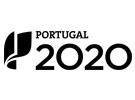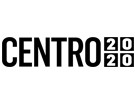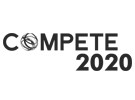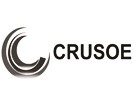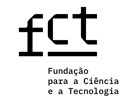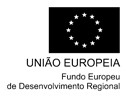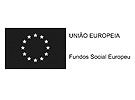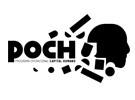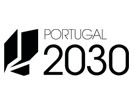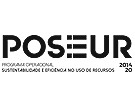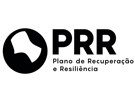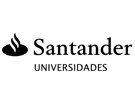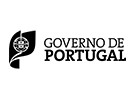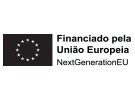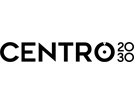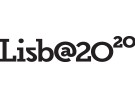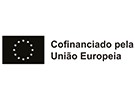



Publication in the Diário da República: Despacho nº 14434/2024 - 05/12/2024
6 ECTS; 1º Ano, 1º Semestre, 30,0 T + 30,0 TP , Cód. 338050.
Lecturer
- Maria Teresa Ribeiro Pereira Desterro (1)(2)
(1) Docente Responsável
(2) Docente que lecciona
Prerequisites
Not applicable
Objectives
Understanding the determinant lines for cultural evolution and artistic questions
Ability to dialogue with works of art from a formal and conceptual point of view, in a multidisciplinary perspective, with a wide view about the artistic development and the need of integrated studys of art
Awareness of practices of structured organization of an analytical-descriptive research properly contextualized
Acquisition of instrumental skills such as
Development of analytical skills and critical thinking in relation to artistic production.
Critical collection of information
Inter and transdisciplinary methodologies towards the construction of a scientific reasoning
Development of interpersonal skills: the conservator-restorer must be prepared to incorporate interdisciplinary teams, revealing sensitivity to different approaches to the works of art and beeing aware of the same objective: to know, to preserve and safeguard heritage.
Program
I-Problematization around the approach to the works of Art
1. Epistemological notions of Art History, Aesthetics, Theory and Art Criticism
2. Notions of artistic program and imagery trans-memory
3. Artistic production as an "open work"
4. Artists, patrons, commissioners
II-Reflections about Art History and its methodology
1.The aim of Art History
2.Relationship between Art History and other scientific areas
3. Current situation of Art History as a Science
4.The Total Art History
5. New multidisciplinary methodologies
5.1.Documentary collection, Icononymy and Bibliography
5.2.Analytical observation of the works of art
5.2.1.Analytical-descriptive and critical conceptualization of art production
5.3.Ekphrasis and semiology
5.4.A "New Iconology" in the approach to art works
5.5. Notion of trans-contemporaneity
6.Elaboration of a research work
III-History of Art and Heritage
1.The Inventory
2. Musealization
3. Integrated Management of Patrimonial Assets
4. UNESCOs protection measures
Evaluation Methodology
Carring out a written research work, afterwords orally presented in examination period - (85%)
Reflection ability, intervention and discussion of the topics covered in classes (10%)
Attendance and interest,commitment and ability to submit innovative work proposals (5%)
Bibliography
- Bolving, A. e Lindley, P. (2003). History of Images. Towards a New Iconology. (Vol. 1). (pp. 1-430). Turnhout: Brepols
- Didi-Huberman, G. (2013). Limage survivante. Histoire de lart et temps des fantômes selon Aby Warburg. (Vol. 1). (pp. 1-592). Paris: Éd. de Minuit, coll. Paradoxe
- Eco, U. (2016). A Obra Aberta (tradução). (Vol. 1). (pp. 1-288). Lisboa, : Relógio d´Água
- Heidegger, M. (2009). A origem da obra de arte. Lisboa: Edições 70
Teaching Method
Expositive theorectical and practice-theorectical lectures, focused on artwork analysis and text interpretation, to lead students reflection and provide fruitful discussions.
Field trips
Tutorial support
Software used in class
Not applicable
